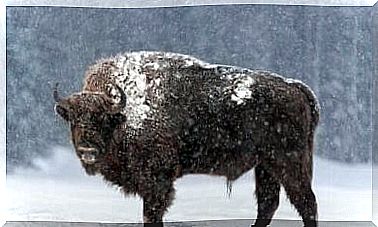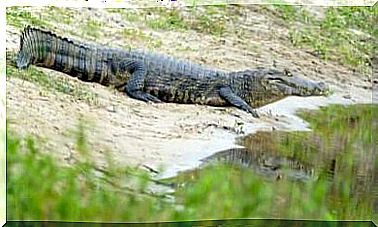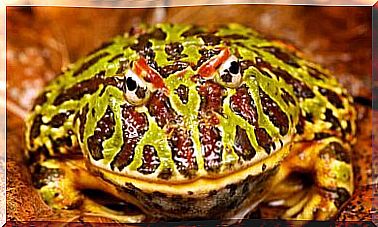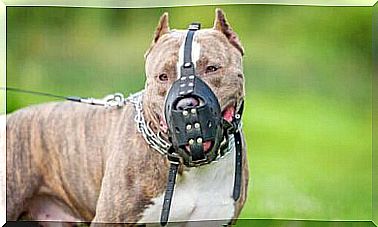Do Hamsters Hibernate?
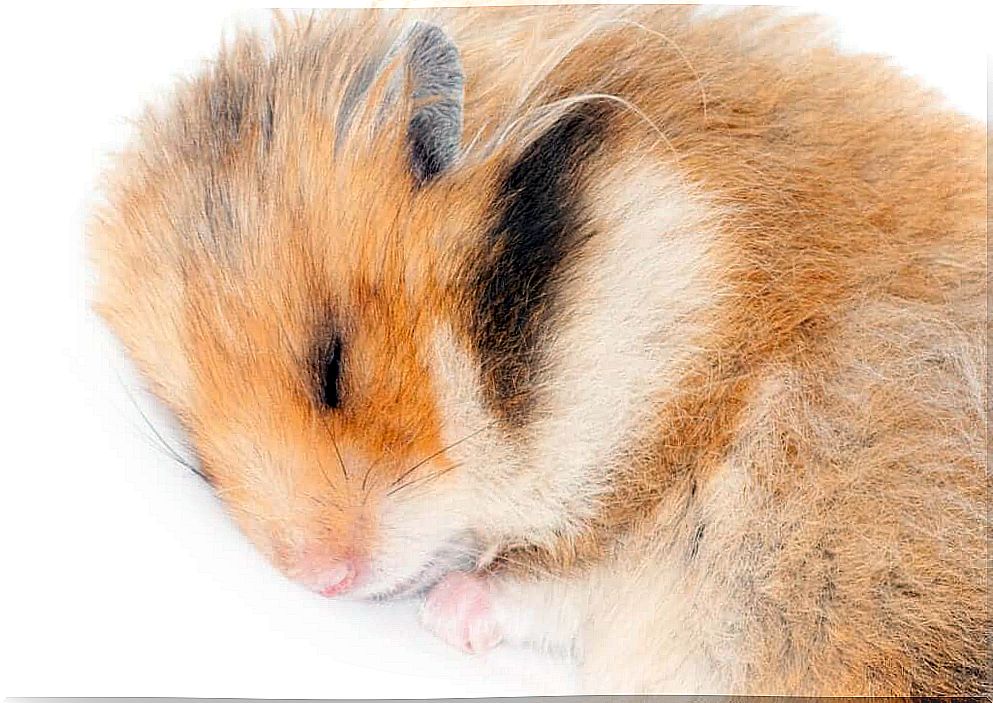
In the wild, hamsters usually hibernate, but as pets they don’t. This can be explained by the temperature stability and the abundance of resources existing in their artificial environment, as, since the environment is ideal, they do not need to reduce their metabolic activity to save energy.
These animals are the most popular rodents as pets. The Syrian hamster, Russian hamster and roborowski hamster are some of the first animals that entered this environment. Therefore, it is natural for the guardian to wonder if their pet will go into hibernation at some point in its lifetime. Here, we will show you how this can be avoided.
What is hibernation?
Hibernation is defined as a continuous state of lethargy that some animals experience during the winter. During this period, the animal’s metabolism drops to minimal levels. Likewise, respiratory and heart rates, as well as temperature, also decrease.
In this phase, the animals do not eat, drink, urinate or defecate, as they remain immobile and some of them – like the brown bear – remain so for long periods of time. As surprising as it may seem, this species remains lethargic for a period of 152-213 days in a row, meaning the animal spends more time sleeping than awake.
Hibernation is induced by hormones. The internal biological clock participates in this phenomenon, preparing the animal to hibernate in the face of certain environmental signs, such as falling temperatures or scarcity of food resources.
Before winter, when the weather is favorable and food is plentiful, animals consume large amounts of high-calorie foods and store the excess as fat in the adipose tissue. As you can imagine, they are preparing for the harsh conditions to come.
This allows many species of mammals to spend the entire winter “sleeping” in their lairs or shelters and thus not having to go out in search of food during times of scarcity and freezing temperatures.
The energy needed to maintain basic vital signs is produced thanks to the reservoir of fat that the animals have previously accumulated and which, in addition, also serves as an insulator from the cold.
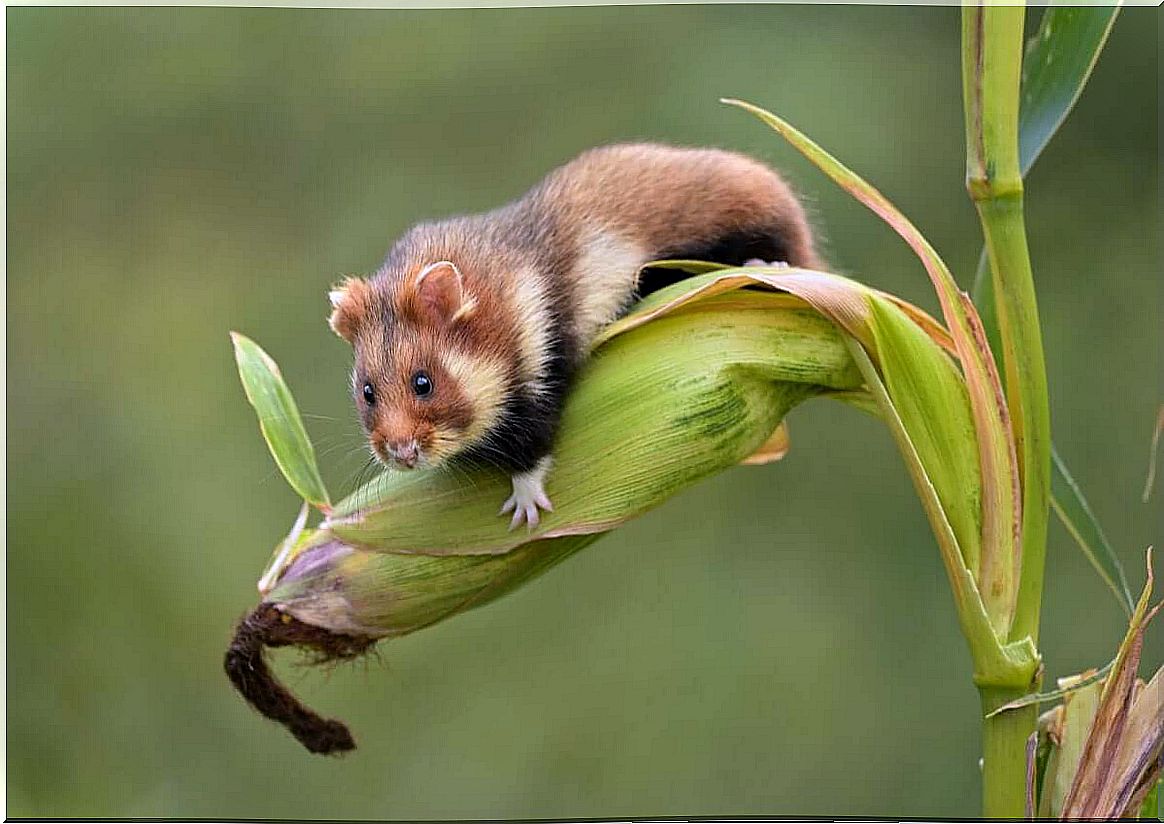
Can hamsters hibernate?
Like many small mammals, the hamsters can hibernate – in fact, they hibernate in their natural state. However, conditions in a wild environment are very different from those in a home cage.
Hibernation is a physiological phenomenon, but conditioned by external conditions. In nature, hamsters begin to be prepared to hibernate when the temperature falls below 15 degrees Celsius.
Another important factor in inducing hibernation in hamsters is the amount of daily light. Fewer hours of light and drop in temperature are indicative of the change of season and, therefore, mark the time for preparing the animal for the period of lethargy.
A hamster kept in a cool, dark environment is more likely to hibernate than one kept in a cool but bright environment for more than 12 hours a day. Other factors that may be important in triggering this behavior are food supply, isolation, and stress.
How to tell if a hamster is hibernating
It is rare for a domestic hamster to hibernate, but if conditions are not right it can go into hibernation. In this state, it is easy to believe that the animal is dead, but its vital signs – although slower – will be maintained.
During deep hibernation, the animal’s heart rate drops to just four beats per minute and the respiratory rate can drop to just one breath every two minutes.
In addition, the animal adopts a shrunken posture, with the limbs a little stiffer than normal. However, these can easily be extended with a little manipulation. On the other hand, whiskers can twitch subtly if touched by the tutor.
If the animal were dead, its body would present a lot of rigidity – corresponding to rigor mortis – and it would not show signs of life after 24 hours at a room temperature of 20 degrees or in the face of any manipulation by the tutor.
How to prevent my hamster from hibernating?
Everything indicates that the more hostile the environment, the more likely the animal to hibernate. To prevent a hamster from going into hibernation, it is necessary to recreate favorable environmental conditions. This can be done by taking into account the following parameters:
- Temperature over 15 degrees.
- Enough food and water.
- Lighting for at least 12 hours a day.
- Through interaction with animals and providing environmental enrichment.
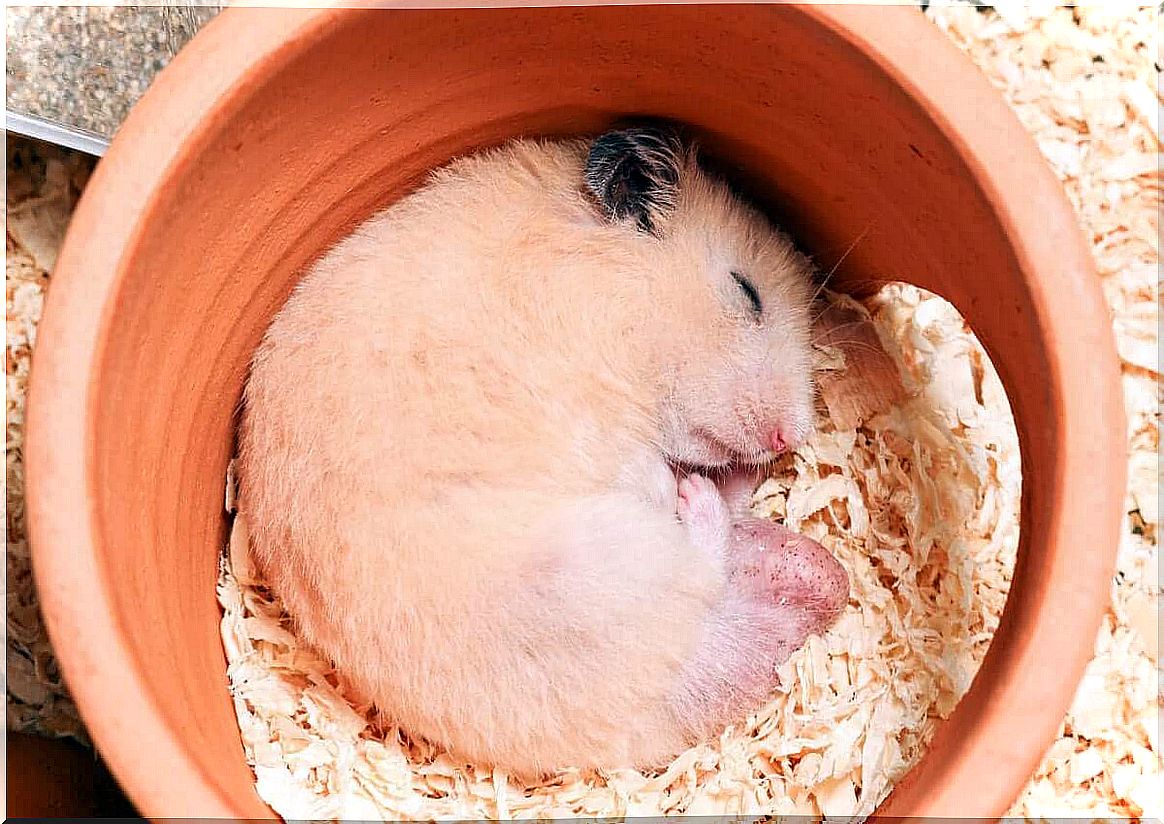
As we’ve seen, a hamster’s hibernation can be avoided by obeying a very simple set of parameters. With a suitable room temperature and plentiful food, you will be able to enjoy the energetic activity of this little rodent throughout its entire life cycle.
